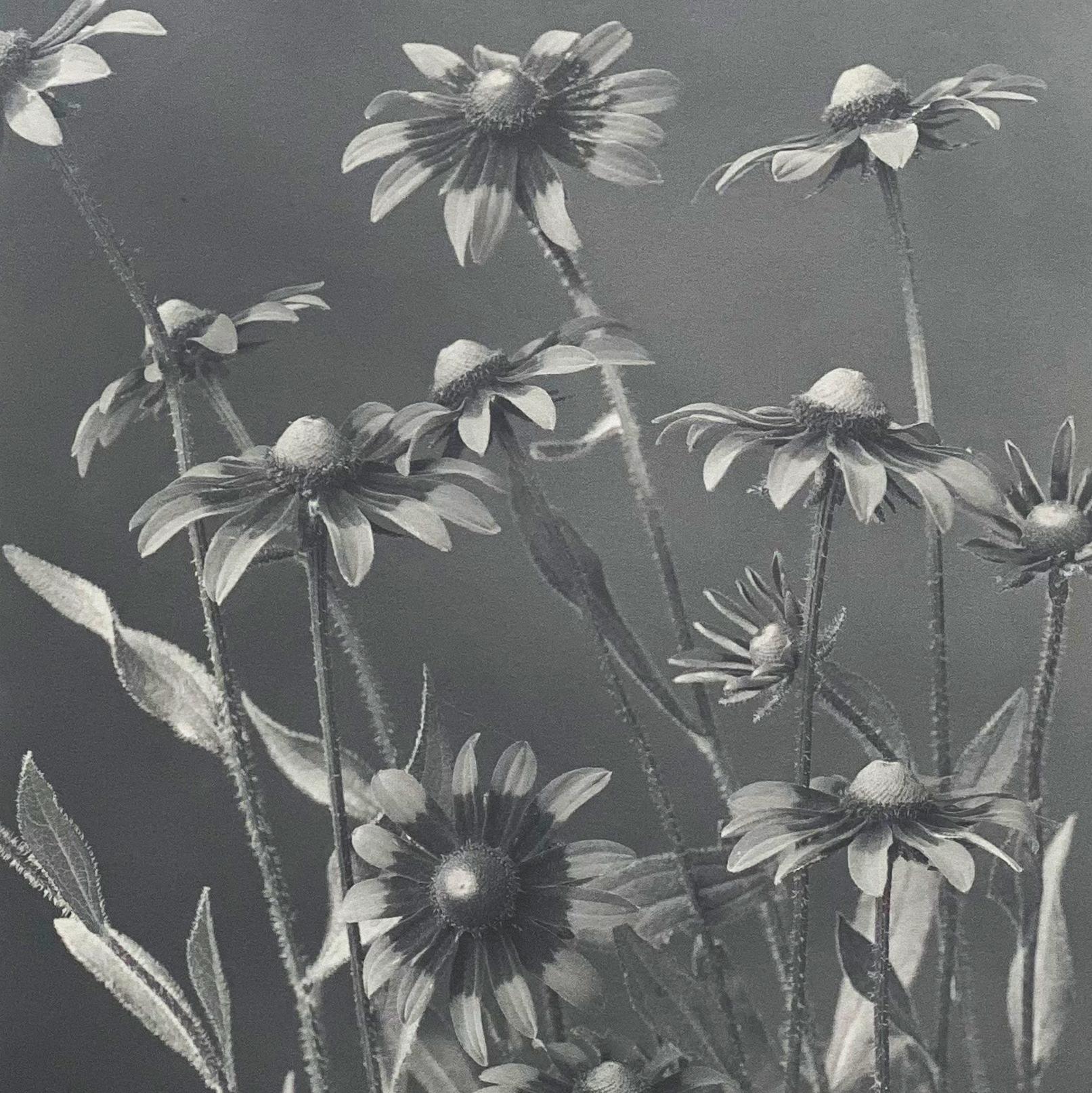Elegant Complexity




Modernist Botanical Photographs
 Edwin Hale Lincoln
Jane Piper Abstraction in White
Edwin Hale Lincoln
Jane Piper Abstraction in White






 Edwin Hale Lincoln
Jane Piper Abstraction in White
Edwin Hale Lincoln
Jane Piper Abstraction in White

“With slow looking, each print becomes a marvel of order and ornament. Nature itself emerges as an artist of infinite inventiveness.” –Ken Johnson
Edwin Hale Lincoln was born in Westminster, Massachusetts in 1848, the son of a Universalist minister. He served as a drummer in the Civil War and then as a page in the Massachusetts House of Representatives. In his late 20s Lincoln was a partner in a photography business, which led to his life’s passion– a 20-year project that in 1914 culminated in a 400-picture catalog called Wild Flowers of New England. Baker Schorr is delighted to show 50 of the pictures in this exhibition, all first edition platinum prints from 8 x 10 glass negatives taken in 1906 and 1907. The photographs measure 9 3/8 x 73/8 inches; sheet size 14 x 11 3/4 inches, framed 17 x 15 3/4 inches.
Both modernist and transcendentalist, Lincoln’s use of the platinum process, along with close-up shots taken against flat backgrounds, resulted in tonally complex images with remarkable depth. In the spirit of Thoreau, Lincoln’s procedure was to dig up his floral specimens, take them to his studio for their portraits and then return them, still living, to their homes. Lincoln’s compositions are cropped so that each perfect arrangement of blossoms, stems and leaves verges on abstraction, with a beauty almost severe.
Cover right: Jane Piper What’s Left of Flowers, 1970 Acrylic on canvas, 48 x 52 inches

Back cover: Jane Piper Flowers in Front of a Seated Figure, 1989 Oil on canvas, 40 x 44 inches
Split Image on gatefold: Edwin Hale Lincoln Burdock, Great Bur, 1907
Cover left: Edwin Hale Lincoln Fruit of Swamp Milkweed, 1907 This page top: Edwin Hale Lincoln Musk Mallow, 1906Jane Piper
Flowers by a Dark Window, 1984-87
Oil on canvas, 42 x 48 inches

Recognized by critics as one of Philadelphia’s foremost painters and teachers, Jane Piper enjoyed a career that spanned fifty years and included thirty-five solo shows. Known for her abstract still lifes, she has been described as an ‘instinctive individualist’ whose independent spirit characterized her art, education and approach to teaching.

Building on the French modernist tradition of Matisse and Cezanne, Piper gave color precedence over representation. She was interested in spatial organization and in creating space through color. By 1952, her work was growing increasingly abstract, and she began using white as the dominant color of her palette. Piper liked “the spatial sense of brilliance” it brought to her other colors. “I try to create order by cutting out, with white, a part of the chaos I create,” she said in 1978.
Piper studied with Hans Hofmann in Provincetown and with Arthur Carles at the Philadelphia Academy of Fine Arts. She taught painting and drawing at the Philadelphia Museum of Art in the mid 1950s and the Philadelphia College of Art from 1956-1985. Her works are in numerous collections including the Philadelphia Museum of Art, the Pennsylvania Academy of the Fine Arts, and the National Academy of Design.
Top: Jane Piper
Homage to Matisse, 1958-59
Oil on canvas, 28 x 34 inches
Bottom: Jane Piper
In the Manner of Quita’s Painting by Carles, 1965
Oil on canvas, 28 x 36 inches


 Edwin Hale Lincoln Creeping or European Bellflower, 1906
Edwin Hale Lincoln Pokeweed, Garget, Pigeon-Berry, 1907
Edwin Hale Lincoln Creeping or European Bellflower, 1906
Edwin Hale Lincoln Pokeweed, Garget, Pigeon-Berry, 1907
